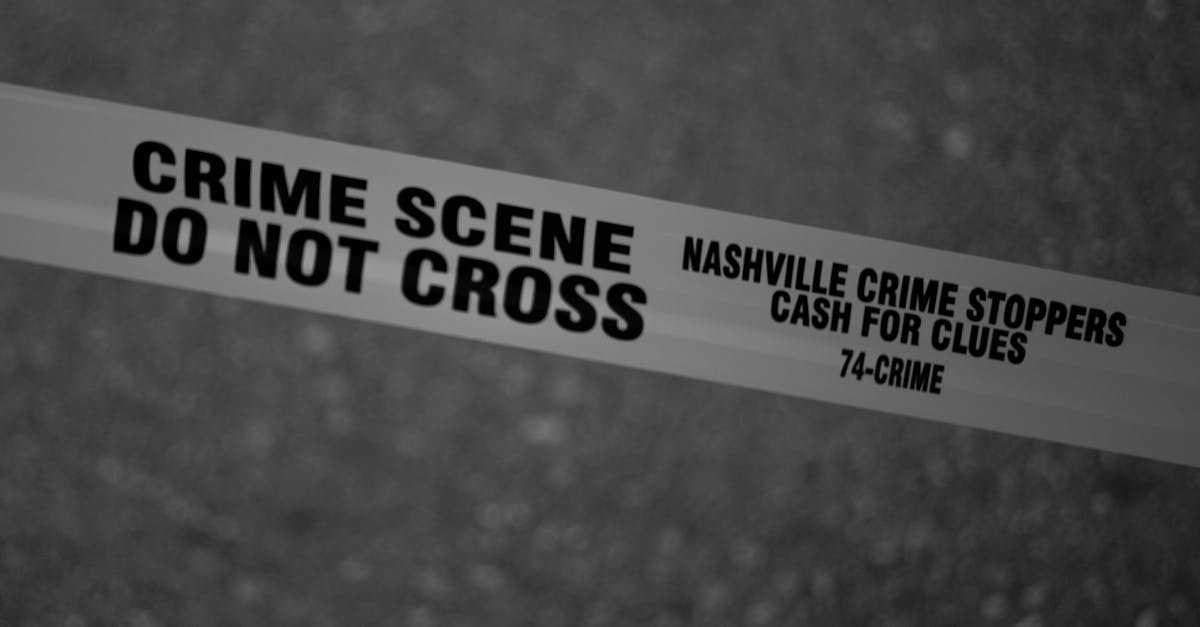
In recent times, the discussion surrounding crime rates has sparked sensational debates, with various stakeholders offering divergent views on the subject. From grassroots protests to national policies and localized strategies in regions like Flagler and Nassau, the discourse on crime rates is multifaceted and often divisive. This article delves into the heart of these debates, exploring the underlying dynamics that shape perceptions and responses to crime in society today.
Protests as a Catalyst for Change
One of the most striking aspects of the current debate on crime rates is the emergence of grassroots movements and protests aimed at raising awareness and demanding action. Citizens in many communities, disillusioned with rising crime statistics and a perceived lack of government intervention, have taken to the streets to make their voices heard.
These protests are not merely expressions of frustration; they serve as a catalyst for change, pushing policymakers and law enforcement agencies to reevaluate their strategies for combating crime. The power of collective action is undeniable, as communities come together to address underlying social issues that contribute to criminal behavior.
National Policies and Initiatives
At the national level, governments play a crucial role in shaping the discourse on crime rates through policy decisions and law enforcement initiatives. From funding for crime prevention programs to the implementation of tougher sentencing laws, each policy choice has far-reaching implications for how society perceives and responds to criminal activities.
In the United States, for example, debates around crime rates have led to polarizing discussions on topics such as gun control, policing tactics, and rehabilitation programs. The intersection of politics, public opinion, and law enforcement priorities creates a complex landscape in which competing visions for a safer society collide.
Local Perspectives: Flagler and Nassau
Zooming in on the microcosm of local communities, the debate on crime rates takes on a distinct flavor in regions like Flagler and Nassau. These areas grapple with unique challenges, from economic disparities to demographic shifts, that influence crime trends and law enforcement strategies.
In Flagler County, Florida, for instance, efforts to combat the opioid epidemic have reshaped discussions on crime rates, highlighting the interconnected nature of substance abuse and criminal behavior. Similarly, in Nassau County, New York, community policing initiatives have sought to build trust between law enforcement officers and residents, fostering a proactive approach to crime prevention.
Conclusion
As the debate surrounding crime rates continues to evolve, it is essential to recognize the diverse perspectives and factors at play. From grassroots protests to national policies and local interventions in regions like Flagler and Nassau, understanding the dynamics of crime information is crucial for shaping effective responses to criminal activities.
By acknowledging the nuances of these debates and engaging in informed discussions, stakeholders can work towards creating safer communities and addressing the root causes of crime. Only through a collaborative and holistic approach can we hope to unravel the complexities of crime rates and pave the way for a more secure and just society.




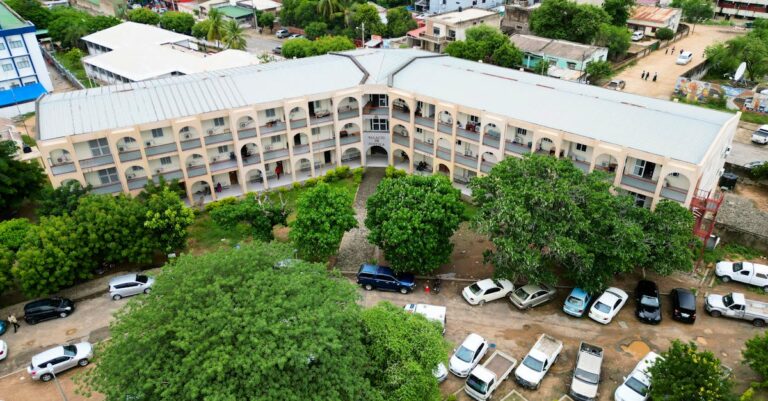
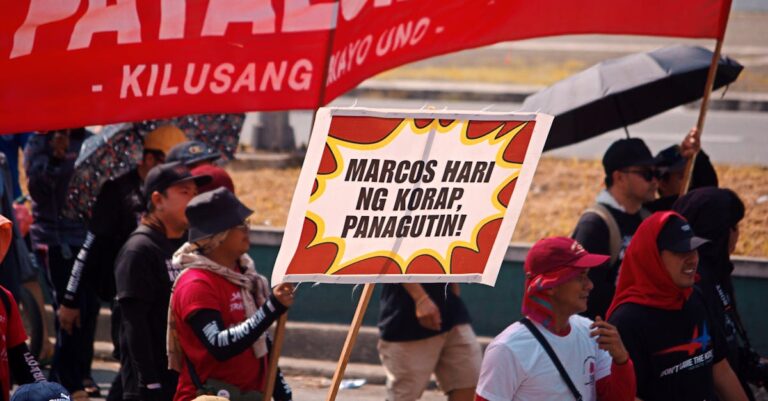
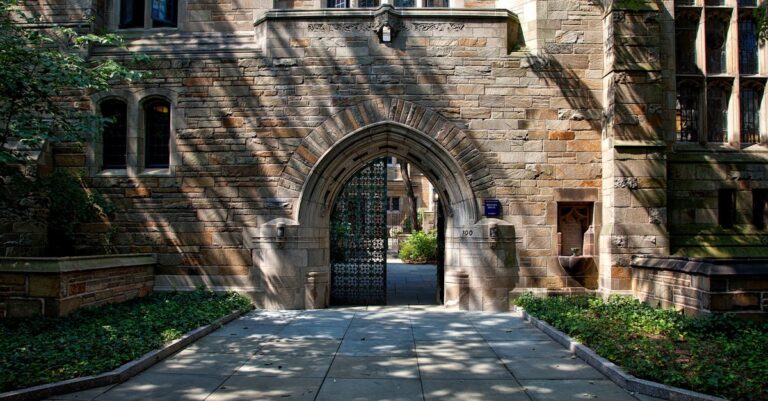
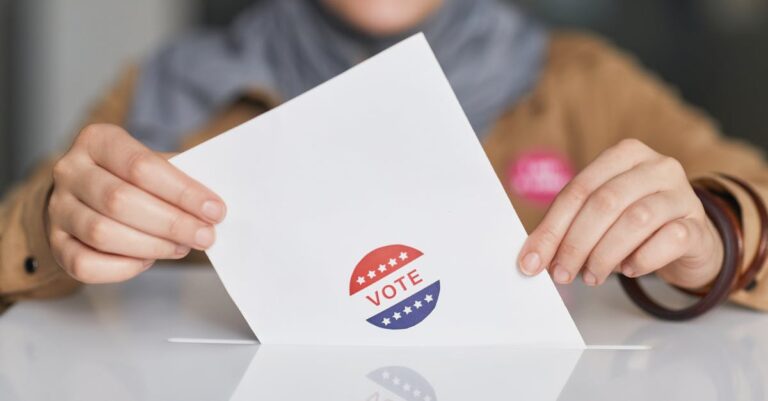

its so sad to see all these protests and debates about crime rates. like, why cant we all just get along and make the world a better place instead of arguing all the time. its important to have those discussions but i wish it
Crime rates are bad. Some places have protests. Protests can change things. Governments make rules about crime. Local places like Flagler and Nassau have crime problems. We need to
Wow, what a groundbreaking revelation! Who knew that crime rates sparked debates? And protests actually make a difference? Mind-blowing stuff, folks. Next thing you know, they’ll tell us water is wet. Keep up the hard-hitting journalism, team.
Wow, crime rates are a big issue! Grassroots movements show people can make a change. National policies matter a lot too. Local places like Flagler and Nassau have unique challenges. We gotta work together to make communities safer. Respect different views and talk it out for a better society!
hey i luv how this article talks about all the different ways peeps are tackle crime rates. like, protests r so powerful and make gov’t and cops think diff bout how they deal with crime. and then there’s all these big national policies that affect crime stuff too, like gun control and stuff. and then even in smol places
Woah, dude, this topic is like a real rollercoaster ride, man. Like, crime rates are such a heavy subject, you know? But then you have these grassroots protests just shaking things up and demanding change. It’s like watching a pot of water about to boil over, you feel me?
And then you got these national
Wow, this blog post makes some good points about crime rates and how different communities are dealing with them. It’s important for everyone to come together and talk about these issues so we can all
Wow, what a groundbreaking revelation! Who would have thought that crime rates could spark such intense debates? I’m sure those policymakers and law enforcement agencies are just sitting around waiting for grassroots protests to tell them what to do. It’s not like they have any training or expertise in, you know, combating crime or anything. Let’s
wow this is really sad to read about crime rates going up and people protesting and feeling scared and the government maybe not doing enough to help keep everyone safe i hope things get better soon but it seems like a
🤔 Oh boy, crime rates? That’s a tough nut to crack! But hey, at least we’re not debating about whether pineapple belongs on pizza, am I right? 🍍🍕 Just imagine if we had protests over that… 😂Anyway, it’s cool to see how communities
So like, crime stuff is like really big these days, you know? People are all talking about it and stuff. I think it’s cool how people are protesting and stuff to make a change. And then there’s like
Wow, this article tackling crime rates is so important! It’s crazy how many different opinions there are on this topic. It’s cool to see how protests can actually make a difference and push for change. And the way local communities like Flagler and Nassau are dealing with crime is interesting too. We really need to work together to make our communities safer! Great job on shedding light on this crucial issue. 🌟
Hey wow what a comment man! This article really shines a light on all the different ways people are talking about crime rates these days. It’s so cool (or not cool… I dunno) to see how protests and local stuff in places like Flagler and Nassau are making a big impact. And then there’s all the national level policies and discussions too, like about guns and cops n’ stuff. It’s all a big messy mix, but I guess it’s important to talk about
Yo, I gotta say, crime rates are no joke these days. It’s wild how different people see
Waw! This article talking about crimes and protests and policies is really intense. It’s like a big pot of soup with lots of different ingredients mixed in. The part about local areas like Flagler and Nassau dealing with crime in their own unique ways is pretty interesting. It’s like a puzzle where each piece is different but when you put them together, it makes a picture. We need to all work together like puzzle pieces to make our communities safer and better. The photo by Mark D’aiuto is also cool.
Wow, crime rates are like a big deal these days, right? People be protesting and stuff, demanding action and all that. It’s cool how grassroots movements can actually make a change and make policymakers rethink
I feel so sad reading about crime rates and how it affects our communities. It’s like a big dark cloud hanging over us, and it’s hard to see the sun shining through.
Wow, this article really brings to light the intense debates happening around crime rates. It’s cool to see how protests are making a difference and pushing for change in government strategies. National policies and local perspectives play a big role too. Understanding all these factors is key for tackling crime effectively. Collaboration is vital for creating safer communities. Great read!
Wow, what an enlightening piece on crime rates. Because obviously, discussing crime and protests is going to solve everything, right? Maybe next we should try solving world
Wow, this blog post really hits on an important topic. Crime rates and all that jazz, you know? It’s like, people are protesting and stuff, trying to make things better. And then there’s all this talk about government policies and
Wow, it’s just so touching how these grassroots protests are magically solving all our crime problems. I mean, who needs
WOW, all this talk about crime rates and protests and policies is making my head spin! It’s like a rollercoaster of information, but hey, at least we’re all strapped in together for the ride, right? Let’s hope we reach the end of this wild debate with a better understanding of
This article really sheds a light on the complexities of the discussions around crime rates. It’s so important to see how grassroots movements and national policies intersect to shape our responses to crime. And the focus on local perspectives, like in Flagler and Nassau, shows just how varied these issues can be. We have to keep these conversations going and work together for safer communities. Great job on bringing
OMG crime rates are like WHOA, right?! It’s like a rollercoaster of emotions and debates and protests and policies and like, Flagler and Nassau are in the mix too with their own unique flavors. It’s crazy how everything is all connected, from grassroots movements to national stuff to local actions. We gotta be smart and work together to figure this out and make
I think it’s very important to talk about crime rates and how they affect our communities. The protests are a powerful way to make changes and make sure the government listens to us. It’s not just about being mad, it’s about making things better for everyone. We need to work together to understand why crime happens and how to stop it. It’s not just about the big
Wowza, all this talk about crime rates and protests and governmental policies is making my head spin! It’s like a big
Wow, this topic is really making me think. Crime rates and protests and policies, oh my! It’s crazy how everything is connected, from grassroots movements to national decisions to what’s happening in places like Flagler and Nassau. We gotta pay attention to all these different perspectives to really understand what’s going on with crime. Because only
Crime rates are a topic that can really get people talking, ya know? It’s like, everyone has their own opinion on it and there are so many different perspectives out there. From protests in the streets to government
wow this blog got me thinkin’ about crime rates and protests and all that deep stuff. it’s like a whole world out there with people marchin’ and gov’ment policies doin’ their thing. makes me wonder if we can really make a diff’rence, you know? like, should we all just join together and yell loud enough so the bad guys stop bein’ bad? or is
UGH, all this talk about crime rates and protests and policies
oh man, crime rates are like a dark cloud overshadowing our communities, ya know? all these protests and policies and stuff, it’s like we’re all just trying to find a way out of this mess. but change is slow
Omg, crime is like sooo sad. The whole debate thing is just too much for my brain to handle. It’s like,
Hey yo, this discussion about crime rates is like a rollercoaster, man. You got protests shaking things up, national policies making big moves, and local communities like Flagler and Nassau dealing with their own dramas. It’s a whole mix of stuff going down, from grassroots actions to government decisions, and it’s all coming together in this wild debate.
I mean, these protests are no joke, they’re pushing for changes that can’t be ignored. And then you got the big shots up top making decisions that impact how we see and handle crime. It’s a whole web of factors
yer talking ’bout crime rates and all, but what ’bout the real issues at hand in communities? protests are good ‘n all
Wow, this article brings up real important points about crime rates and how it’s all connected to protests and policies and stuff. It’s like a big puzzle with different pieces, ya know? Like, the protests can really make a change and push the big guys to do something about crime. And then there
Wow, this topic is super interesting! Crime rates are a big deal, ya know. The protests are like a wake-up call for the government to do something about it. And the national policies, like, they have a huge impact on how we see crime. It’s crazy how different communities deal with crime in their own ways, like Flagler and Nassau. We gotta
Hey, I hear ya on the crime rates chat but have you ever wondered why they don’t just hire Batman to solve all the crime stuff? I mean, he’s got the gadgets, the cape, and the cool car. Imagine the headlines: “Gotham City Crime Rate Drops to Zero Thanks to Caped Crusader”! Just a thought amidst all these serious debates and discussions.
Oh wow, this article really dives deep into the whole crime rates discussion, huh? It’s like, from protests to policies to what’s happening in Flagler and Nassau, there’s just so much going on! And you know what, I think it’s great that
ugh, these debates about crime rates are so frustrating sometimes! like, why can’t everyone just agree on what needs to be done to make our communities safer? i mean, i get that protests can shake things up and push for change, but why does it always feel like nothing really changes in the end? and don’t even
Ugh, all this talk about crime rates and debates and policies just gives me a headache. Like, can we really solve everything with protests and government decisions? It’s like a big messy puzzle with missing pieces. And why are we zooming in on Flagler and Nassau? What about all the other places with crime issues? I feel like we’re just scratching the surface here. But hey, maybe if
Crime rates, protests, national policies, and local perspectives – oh my! It’s like a rollercoaster of law and order drama out there. Let’s hope we can all work together to turn this crime show into a peaceful sitcom.
Crime rates have always been a hot topic, sparking debates all around. Grassroots movements are on the rise, urging for change in the face of escalating crime figures and apparent governmental inaction. These protests don’t just echo frustration but act as a trigger for policymakers and authorities to reevaluate their crime
wow this discussions on crime rates are super important. ya know, people in communities they’re like fed up with all the crime and they want something done. protests can really make a
Wow, this article really dives into the whole crime rates discussion that’s been going on lately. It talks about protests and stuff as a way to make change and how local areas like
Wow, the debate on crime rates is really heating up,
Crime rates are a hot topic these days, right? People all over da place are talkin’ ’bout it and gettin’ all fired up. Grassroots movements, protests, national policies, and local stuff in places like Flagler and Nassau are all part of the convo.
Protests
Wow, this article really makes ya think about crime and stuff. It’s like
Crime rates and the discussions around them are super important ya know. It’s like a big puzzle with lotsa pieces. Grassroots protests, national policies, local stuff in Flagler & Nassau, they all play a part in how we see and deal with crime. Working together and talking about it smart-like can help make our
The ongoing dialogue on crime rates is truly a complex and multifaceted issue that requires keen attention and inclusive deliberation. The emergence of grassroots movements and protests serves as a powerful force for change, challenging policymakers and law enforcement agencies to rethink their approaches towards crime prevention.
At the national level, governmental decisions and law
Wow, this article really digs deep into the whole crime stuff. It’s like
Geez, all this talk about crime rates and protests and national policies is making my head spin! But hey, at least we’re all trying to make our communities safer, right? Kudos to those grassroots movements and local initiatives in